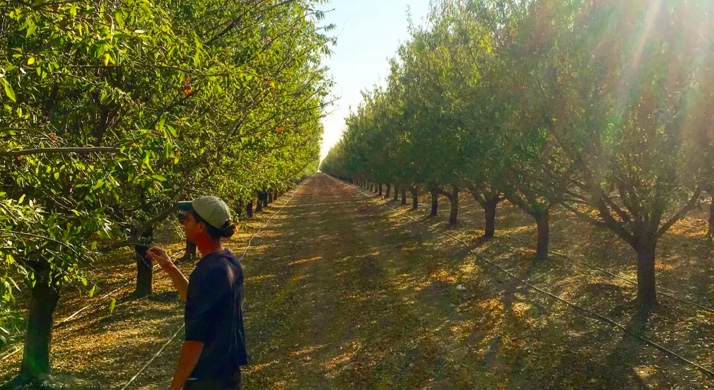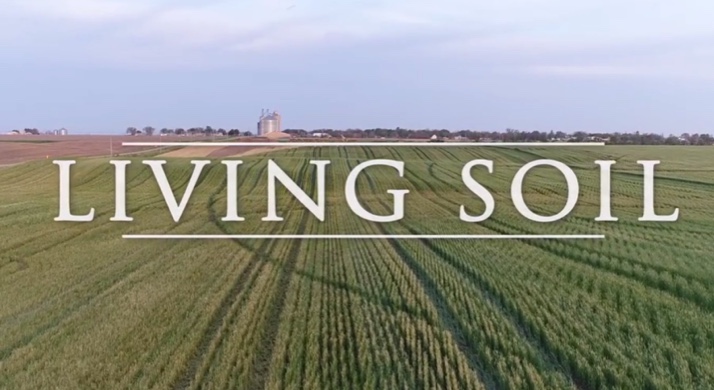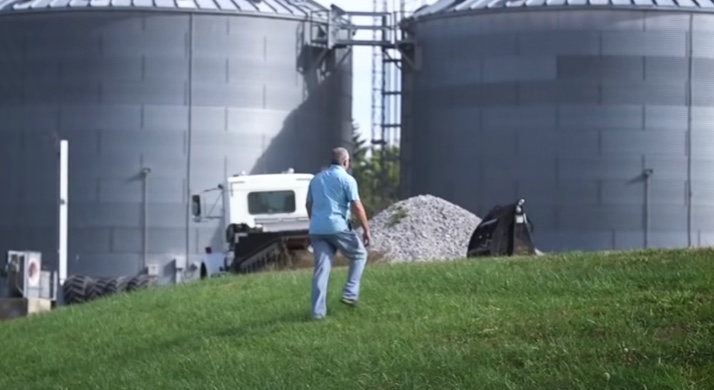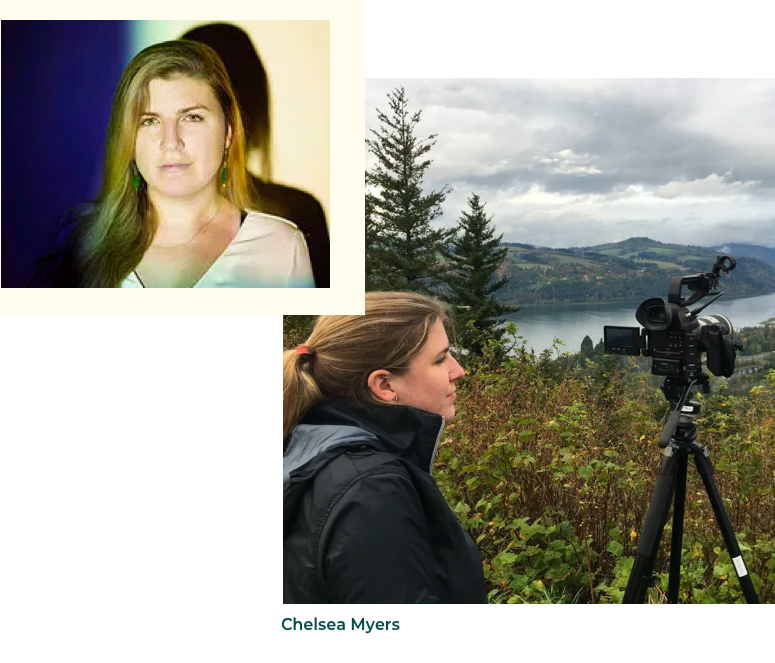Film Summary
Living Soil tells the story of farmers, scientists, and policymakers working to incorporate agricultural practices to benefit soil health for years to come. The film takes you on a journey from lush landscapes in Oregon, the sun-baked fields of California, the vast green acres of the Midwest, to the waterfront farming and fishing communities in and around the Chesapeake Bay. Each farmer tells a story as unique as the soil they manage with a shared theme that resonates throughout the film: Our soil is a special resource we should all cherish and strive to protect.



Decades of conventional farming practices have done well to feed the increasing population of the world but have depleted our soils of nutrients and organic matter. The agronomists in Living Soil explain soil management practices they believe will reverse our declining soil health as well as benefit the air, water, and our personal health in the process.
After viewing this film, the audience should have a greater understanding and appreciation for the hard-won efforts of several farmers and a greater appreciation for the resource that nourishes us, our Living Soil.

Meet the Director: The Heart and Soul of Tiny Attic
Since founding Tiny Attic, a video production company, Chelsea Myers has evolved as a visual storyteller for a diverse range of projects and clients. Her prowess as a director, producer, editor, illustrator, cinematographer, and animator, along with a fiercely creative spirit enable her to pursue meaningful work regionally and around the world.
Tiny Attic Productions, LLC. was launched after a creative spark in a small attic in Columbia, Missouri during the fall of 2012. Its professionals document real moments and real people whose stories enrich our lives.
It is a privilege to create this work and share it with you. Although our crew is tiny, our dreams are big, and our thanks are endless.
Lesson Plans
Living Soil, a 60-minute documentary, captures the history – and significance – of the soil health movement. The documentary features diverse scenes of food production from the Dust Bowl to today. Urban and rural farmers from different areas of the United States talk about strategies they use to improve soil health and the impact on food stability, environmental sustainability, and human nutrition. The film also includes soil health researchers and other soil health experts commenting about new trends and developments with soil health.
What's the learning goal?
The primary learning goal is to help students develop an understanding of why soil health is important and identify ways that professionals in production agriculture work to improve the health of our nation’s soils, ultimately benefiting all members of society.
Who are the lessons for?
Lesson plans are included for high school and college faculty use. These lesson plans are designed to accompany the Living Soil film and are appropriate to classes in agriculture, natural resources, environment, ecology, biology or human nutrition and food systems.
Educational Objectives
- Learn why soil health is important
- Gain awareness of the types of organisms found in soil
- Understand some approaches farmers are taking to improve soil health
- Describe the role of cover crops in protecting and improving soil health
- Discuss ways to increase adoption of soil health practices like cover crops and no-till and overcome barriers to more widespread adoption
- Connect soil health to consumer interests and issues